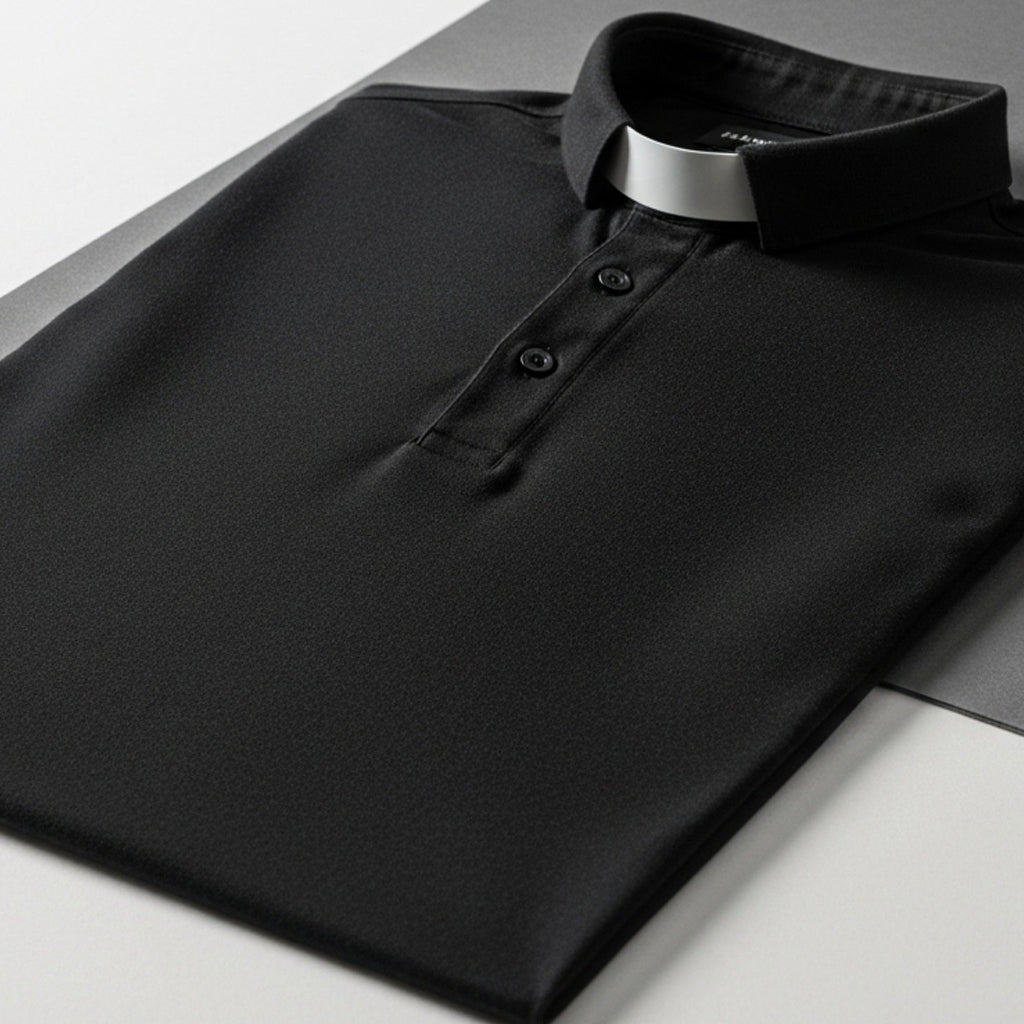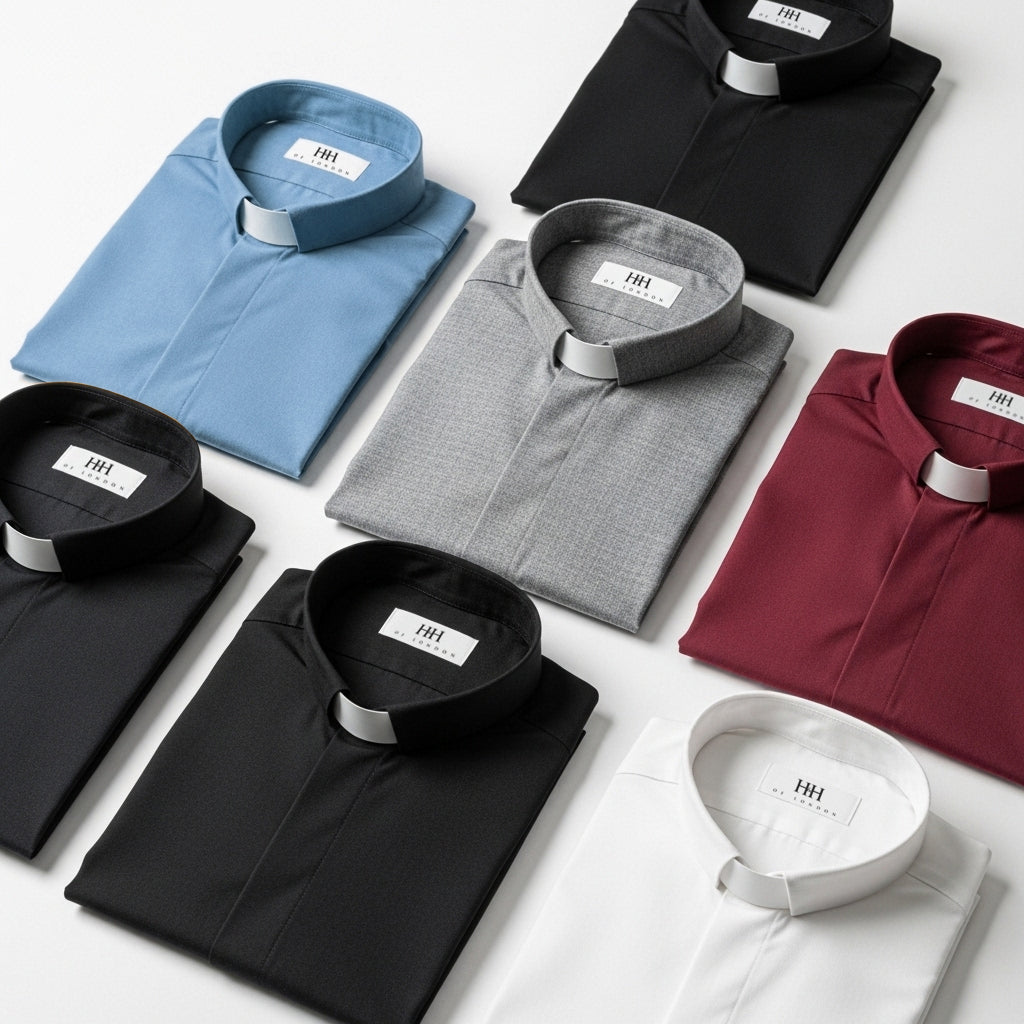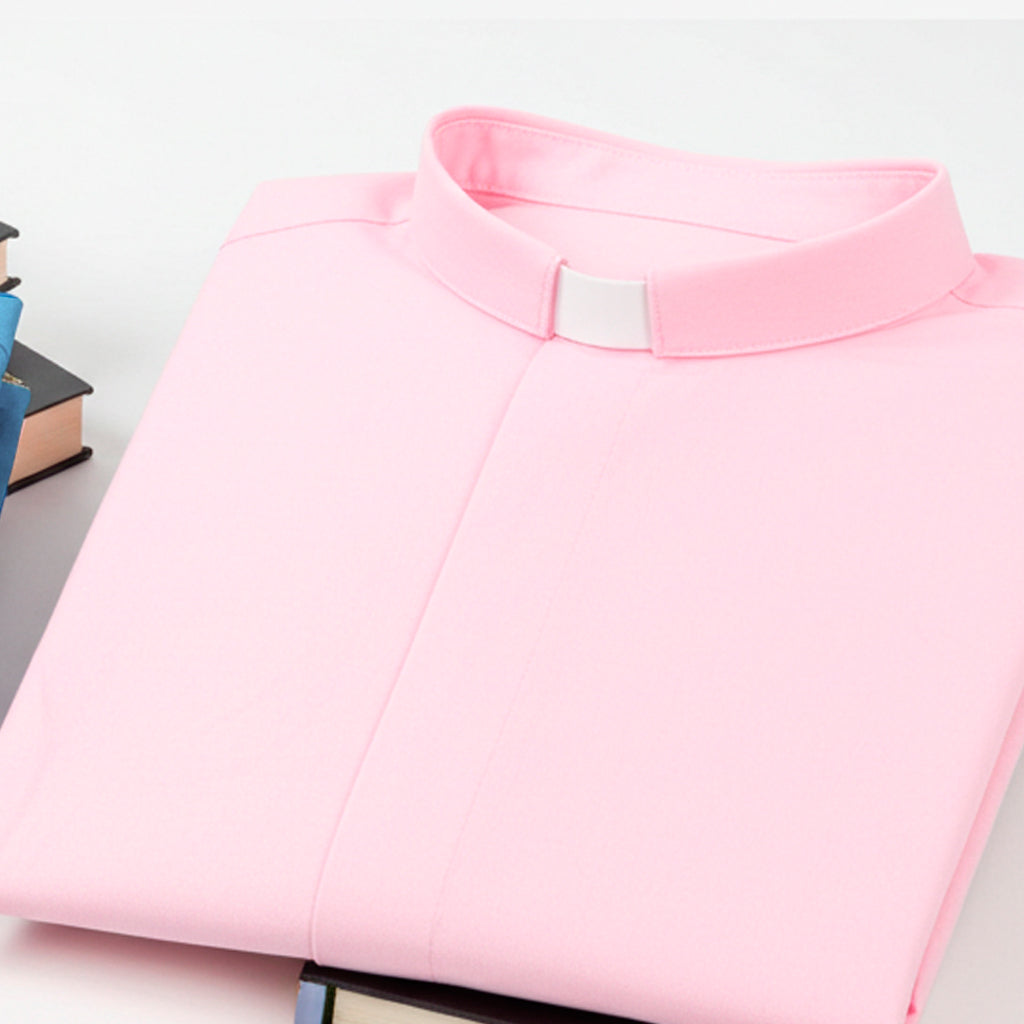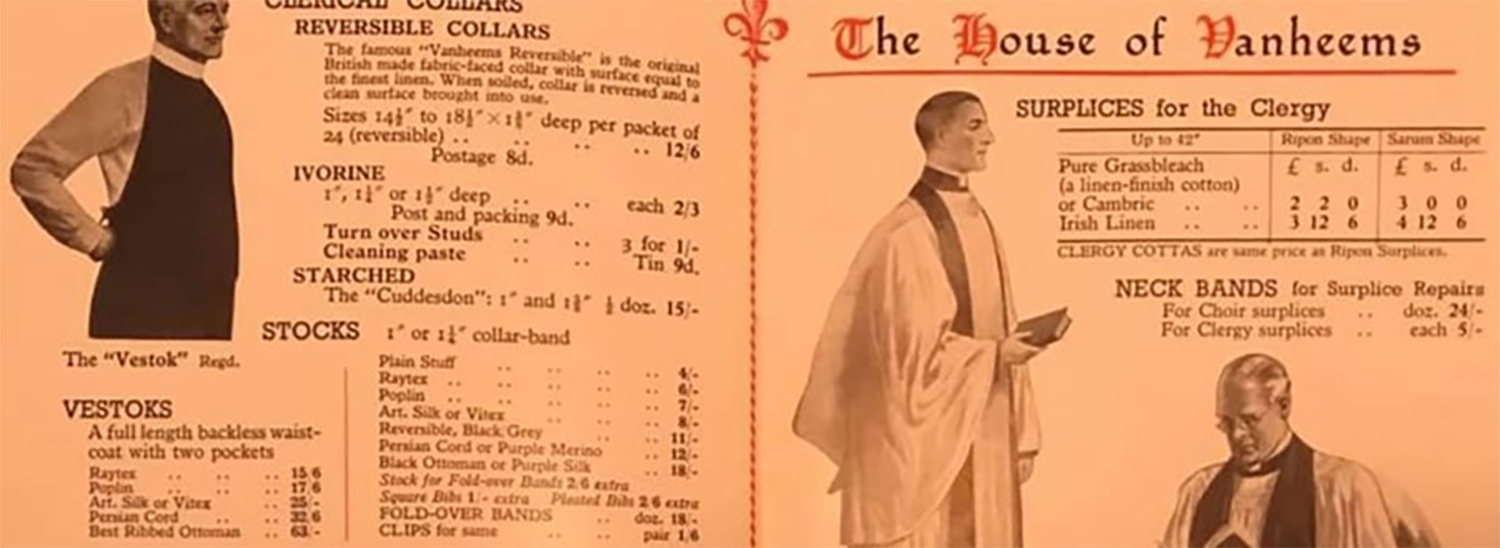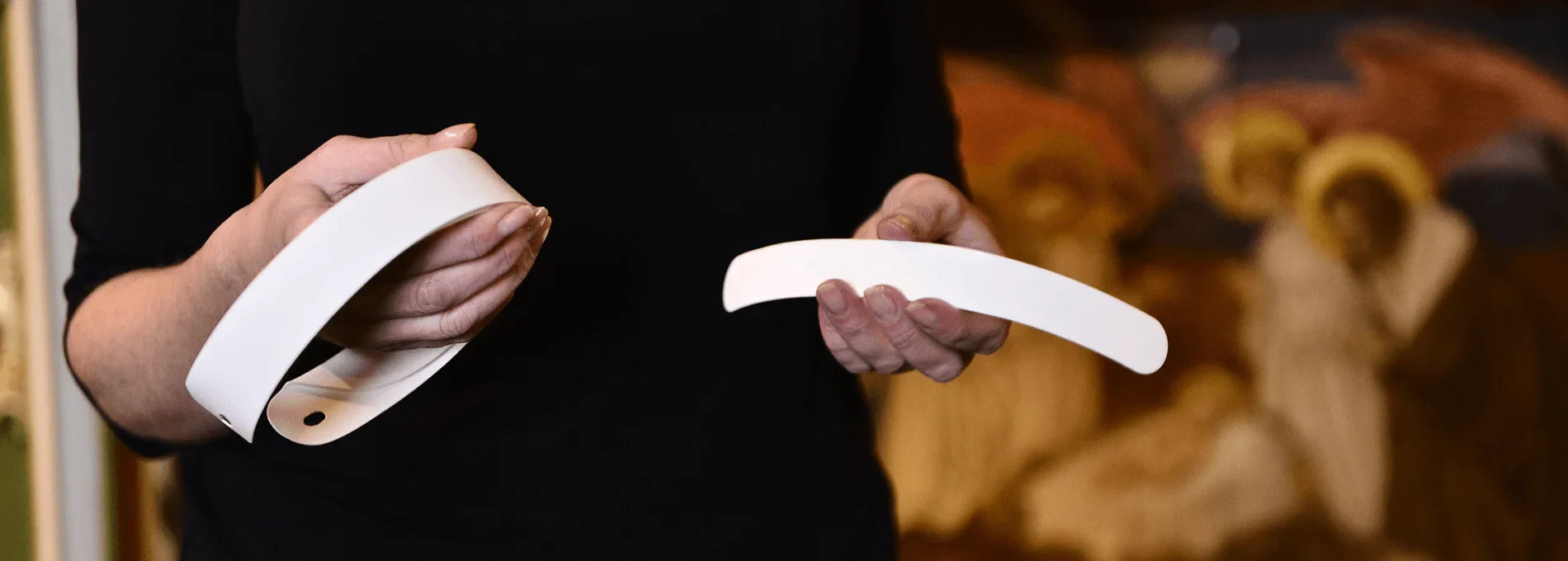
Fascinating Facts on Clerical Shirts: History, Styles, and Symbolism
If you’ve ever wondered about the reasons behind clerical clothing, you’re not alone. Clerical shirts transcend mere garments—they embody tradition and meaning. In this article, we explore intriguing facts on clerical shirts and collars to illuminate their history, evolution, and significance. For religious communities, these shirts convey a powerful message: the wearer dedicates themselves to serving the church.
Interesting Facts on Clerical Shirts You Should Know
Religious traditions stretch back centuries, and clerical attire has evolved alongside them. Although history anchors the symbolism of clergy shirts, these garments offer more than meets the eye. Here are some compelling facts on clerical shirts and their role in religious life:
Widespread Use Across Denominations
In the Catholic Church, all ranks of clergy—from priests to bishops—wear clerical shirts. However, Catholicism doesn’t claim exclusivity. Anglican, Protestant, Methodist, and other clergy groups also sport these distinctive garments.
Modern Adaptations of a Timeless Tradition
History roots clerical shirts in tradition, yet they adapt to modern needs. For example, clergy favor short-sleeved versions during hot summer months. Variations in color, collar style, and fabric let wearers express individuality within traditional boundaries.
Colors That Signify Rank and Denomination
Clerical shirts boast an array of colors, each with meaning. Bishops, for instance, often wear Roman Purple (or "Bishop’s Purple") to signify their authoritative rank. Other popular colors—black, white, blue, grey, and purple—reflect different denominations or personal preferences.
Three Main Collar Styles
Clergy shirts showcase three primary collar designs:
- Slip-in Collar (Tunnel Collar): A shirt features a tunnel around the neck, and clergy insert a detachable collar tab.
- Neckband (Vicar’s Collar): A white band encircles the neck, and studs attach it to the shirt.
-
Tonsure Collar: A full collar rises slightly above the shirt, revealing a tab and peak around the top.
These styles highlight key facts on clerical shirts that set them apart from everyday clothing.
Comfort Meets Functionality
Manufacturers craft most clerical shirts from polycotton or breathable fabric blends, ensuring comfort during long service hours. Black reigns as the iconic color—think vicars—though modern clergy often choose white, blue, grey, or purple.
A Blend of Anglo-Saxon and Catholic Influence
Anglo-Saxon Protestant pastors originated the design of clerical shirts, but Roman Catholicism adopted their practicality. Today, many recognize them as a symbol of Catholic identity and beyond.
A Visible Sign of Service
Clerical shirts mark priests within their communities, reminding everyone of their commitment to a higher calling. Like any uniform, they clarify roles and responsibilities among members.
What Does a Vicar’s Collar Represent?
The vicar’s collar—also called the Roman collar—stands out as an iconic piece of clerical attire. The Church of England describes this narrow, stiff, upright white collar as a mark of a holy calling, a badge people of all faiths instantly recognize. Priests worldwide wear it, fastening it at the back to symbolize spiritual dedication.
Origins of the Clerical Collar
The clerical collar debuted in the late 1800s during the Oxford Movement, a 19th-century push to revive Catholic practices in the Church of England. Church rules (canon law) don’t specify details but insist clergy attire suits their office and reflects their spiritual role.
Adoption Across Christian Denominations
Methodist, Eastern Orthodox, Baptist, Lutheran, and Roman Catholic churches embraced the clerical collar beyond its Anglican roots. Before the Second Vatican Council (1962–1965), Catholic priests in minority-Catholic countries often wore it as street dress. In the 1960s, priests in Catholic-dominant regions swapped the cassock for it in everyday settings.
A Symbol of Purity
Today, the clerical collar holds deep symbolic meaning. It signifies purity—a "washed spirit" worthy in God’s eyes. Though small, it underscores the priest’s duty to model divine purity and commitment.
Why These Facts on Clerical Shirts Matter
Grasping the facts on clerical shirts unveils their role beyond mere clothing. These garments connect historical roots to modern adaptations, embodying faith and service. Whether it’s the color, collar style, or material, every detail narrates a story of devotion spanning centuries and denominations.
Next time you spot a priest in a clerical shirt, you’ll recognize the rich history—and fascinating facts—behind it.


